Roller screws are also called planetary roller screws or sometimes satellite roller screws for how their nut-encased rollers orbit the drive-shaft axis during operation. These mechanical rotary-to-linear devices work in an increasing number of electromechanical actuators. Satellite roller-screw geometry includes far more internal contact between load-bearing subcomponents than their ballscrew cousins, and that boosts rigidity and dynamic load capacities. What’s more, fine pitches of their subcomponents’ grooves or threads often impart top mechanical advantage … so less input torque is needed to move a given load.
Here’s how they work: Standard planetary roller screws consist of a precision-threaded spindle called a screw shaft (like those in ball and leadscrews) that mates with threaded cylindrical rollers encased and evenly spaced around the I.D. of the assembly’s nut. The cylindrical rollers — sometimes just called planets — also stay axially centered inside the nut with no relative movement between the two in this working stroke axis.

Nut and screw shaft have matching multi-start threads; the single-start threads on the rollers have an angle matching that of the nut’s inner thread to maintain axial centering between nut and rollers. Each end of the nut body has a roller-spacer ring and geared ring; the rollers’ ends include pins to ride in holes on the spacer rings as well as toothed sections near these ends to engage (and stay synchronized with) the nut’s geared rings.
In many cases, rotary motion from an electric motor causes the screw shaft to turn; this causes the nut rollers to concurrently twirl and orbit … and induce advancement of the nut along with an affixed push tube with it. This (often corrosion-resistant) force or thrust tube delivers linear motion to the load via a spherical eye, internally or externally threaded rod end, clevis end, or some other end mount.

Other standard roller-screw actuators prioritizing compactness affix motor magnets to the nut’s outer diameter. Then motor-stator windings incorporate into the actuator housing’s I.D. to wrap around the nut and electromagnetically interact with the magnets. This in turn prompts nut rotation and (via the rollers) advancement of the actuator shaft.
How do planetary roller screws compare to other technologies?
Roller screws often compete with ballscrews and fluid-power-based cylinders for linear motion … capable of delivering:
• Forces comparable to those of similarly sized hydraulics — typically from 20,000 lbf to 800,000 lbf depending on size and design — and high thrust capacity thanks to the numerous and relatively large (line) contacts between nut rollers and screw. In addition, actuators based on roller screws maintain efficiencies to 90% compared to hydraulic-cylinder efficiencies to 50% or so.

• Speeds and accelerations comparable to those of pneumatics … exceeding 40 in./sec and 3 g in some cases. Such output is possible because the load-carrying rollers in roller screws don’t contact one other — unlike the balls in ballscrews that collide and strike recirculation end caps to generate forces and heat in the process. So even where the high forces of roller screws aren’t required, their high speeds and acceleration is useful: Roller screws (instead of ballscrews) to replace pneumatics gives designs heightened ability to withstand continuous-duty and frequent cycling conditions.

• Stroke lengths and accuracies comparable to (or exceeding) those of ballscrews … to 3 ft and ±0.003 in. respectively for fairly typical offerings. In fact, planetary roller-screw designs are manufactured to ballscrew precision classes, which means lead deviation and positioning accuracy are easily defined. Note that roller screws have load capacities to 15 times that of comparable ballscrews, though are not exempt from buckling and critical-speed limitations.

Planetary roller-screw design variations
Planetary roller screws don’t come in just one standard design described above. Let’s consider a few other variations.
Reverse or inverted planetary roller screws also have rollers with gearing on their ends, but this gearing engages mating gear geometry on the screw shaft (and not at the nut ends like on standard offerings). That makes the rollers move axially within the nut … necessitating an elongated nut to accommodate the full stroke of the assembly. In fact, the nut essentially takes the form of a long tube with a threaded I.D. Because the roller array stays parked on one section of the screw shaft, only that small section is threaded; the rest of the screw shaft is smooth steel or other bar. Depending of the motor connection and design, output can come either from the screw shaft or the nut.
Inverted roller screws can be more costly than other roller-screw offerings, as they require precision threading within the nut’s long I.D. In some cases, these threads are also relatively soft … which somewhat degrades load ratings; they can also necessitate special procedures for relubrication. But inverted screws can be more compact than other roller-screw designs.
Spiracon or bearing-ring roller screws include rollers that orbit in sync with nut rotation. (Note that Spiracon is a registered trademark of U.K.-based Power Jacks Ltd.) In contrast with other roller-screw types (that directly transmit nut-to-screw or screw-to-nut load via the rollers) this design also includes an intermediate bearing ring.

So rollers still interface the screw shaft … but between the nut and rollers is this internally grooved subcomponent. (The rollers are also grooved to engage this ring and not threaded as in other roller-screw designs.) The ring transmits load to the outer nut subcomponent through roller thrust bearings. The nut housing includes nonrotating spacer rings to hold the rollers’ ends as in other designs, but there’s no gearing ring or roller-end teeth. Orbitally locked in place, the rollers can induce the screw shaft of the assembly to advance and contract … or screw rotation turns the rollers and bearing ring with them.
Recirculating planetary roller screws let the rollers move axially relative to the nut, but a reset puts them back to a start position after each orbit around the screw shaft. At this reset point, one roller at a time falls into an axial channel on the nut wall. Then twin cam rings (aligned with this channel) push the roller to the nut’s axial midpoint while allowing a shift by one screw-shaft lead length. Reengaged with nut and screw shaft, the roller begins its next orbit. Grooving (not threading) on the rollers allows axial moves during engagement with nut and screw — shifting up or down by one lead every orbit. Like Spiracon-brand roller screws, recirculating roller screws don’t include ring gears; nut and screw shaft mate via fine grooves … and small groove leads actually let these roller screws deliver high positional accuracy.
In some cases, a cage inside the nut holds the rollers in evenly spaced slots that allow axial and rotational motion. In other cases, recirculating roller screws without cages have rollers disengage from the screw but not the nut when they arrive at the axial-channel reset point. In this design, the channel has grooves to return the roller to start position. Cams at the roller ends can ensure consistent pressure between nut and rollers — to synchronize roller rotation and thrust the rollers into the channel.
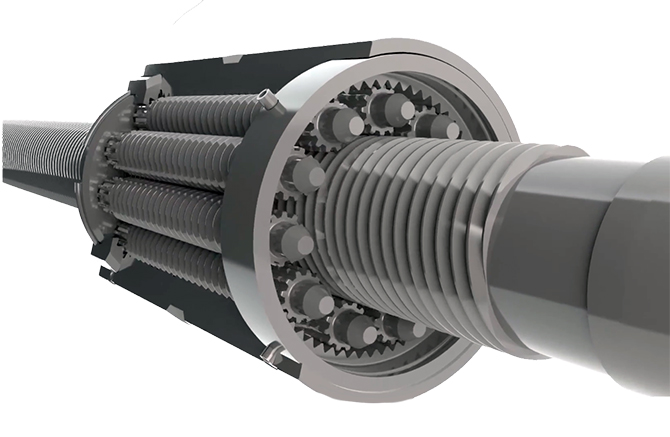
Without the ring gears and cages of other designs, these “cage-free” roller screws can be more efficient and power dense than comparably sized alternatives.
Differential roller screws are a variation of recirculating (and standard) roller screws that can change the screw shaft’s flank angles and contacts … and effective lead with them. That in turn varies the roller-to-screw rpm ratios.
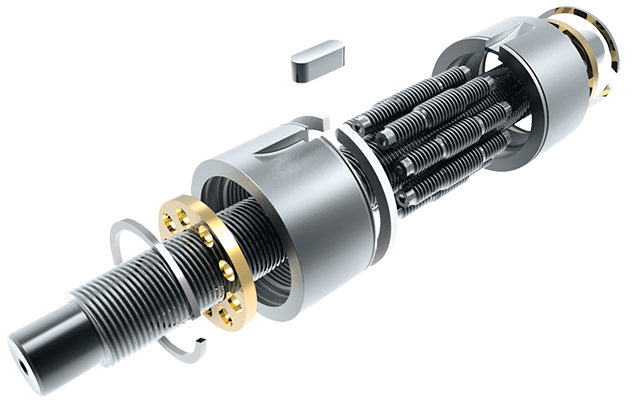
Note that in some cases, manufacturer-specific naming conventions distinguish differential roller-screw offerings from standard versions by calling the former planetary screw drives. In these and other roller screws, preloading to reduce or eliminate backlash is possible with the use of a split nut — in which a transverse cut of the nut makes two nut halves for a precision spacer to work between them. Double nuts and oversized rollers are other anti-backlash options.

Roller-screw actuator options and considerations
Roller-screw actuators that include a servomotor and drive and often include feedback devices as well. Many track incremental motion; for hot applications in aerospace or steel-mill settings, resolvers rated for high temperatures are sometimes used. But devices to track absolute position can make homing routines and limit switches unnecessary; these take the form of rotary encoders or even linear position sensors based on magnetostrictive operation. Feedback from these devices can ensure accuracy to within ten-thousandths of an inch. Output signals are via HIPERFACE, SSI, analog, and CANopen, and other industry-standard options to ensure compatibility with the actuator’s motor controller.
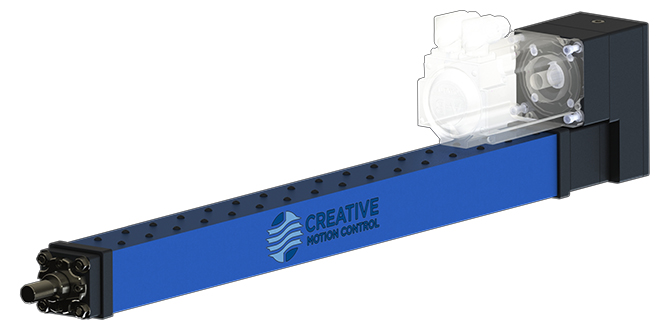
When built into pre-engineered linear actuators, planetary roller screws can integrate into a fully enclosed housing … usually of anodized or powder-coated aluminum. Some such housings may also borrow from the design of hydraulic cylinders and include tie rods for strength. We’ve already considered actuator designs that build motor windings into the actuators housing (to induce a magnet-studded nut’s rotation).
In contrast, other planetary roller-screw actuators come in a pre-engineered housing sans motor. This lets design engineers select a motor to best match application requirements … and easily swap out the motor if needed. One variation from Creative Motion Control isolates the mounted motor from side loading to protect its subcomponents from premature wear.
Many manufacturers sell roller-screw actuators that let the nut rotate — for easier mounting and alignment. If such actuators go on axes that don’t employ linear guides or bearings on the load being moved, some type of anti-rotation mechanism is necessary. Anti-rotation devices internal to the roller-screw actuator are often preferable for their simplicity and maintenance of design compactness.
Additional design features in pre-engineered planetary roller-screw actuators of standard design include a thrust bearing at the drive end and a plain bushing for guiding the shaft as it extends and retracts into and out of the actuator body. A seal (such as an O-ring or elastomeric seal) or wiper wraps the shaft port to keep contaminants out of the actuator body; lubrication is with oil … and some lubed-for-life designs leverage oil filling to reduce maintenance requirements.
Many fully enclosed roller-screw actuators are IP rated for splash or even washdown conditions — particularly useful in food and packaging applications. Elsewhere, the rugged actuators resist ingress of dirt, grease, and metal chips.
Where do planetary roller screws make sense?
Two drawbacks of roller screws include their higher cost (even to 100% more than comparably sized ballscrews) and their being less ubiquitous — which can require more effort finding a manufacturer and keeping lead times short.
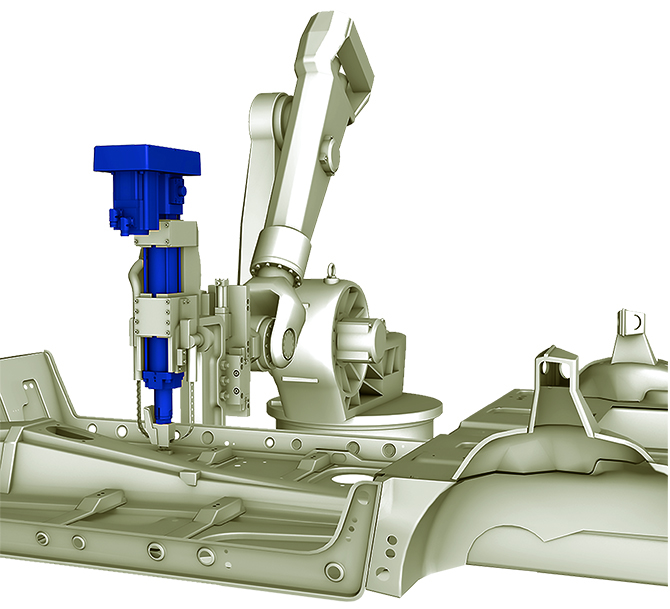
Even so, roller screws excel in the machine-tool and packaging applications mentioned, as well as weld guns, injection-molding equipment, and presses. Axes that are traditionally driven by hydraulics (as in sawmills and lumber-processing machinery) are another place where roller screws make sense, as the omission of hydraulic fluid prevents staining of end product even while maintaining the power required for intensive large-scale processes. Other roller-screw applications include those with large temperature variability or high-force operations.

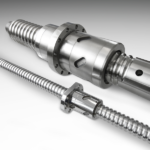
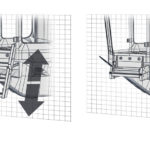
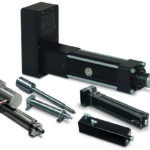
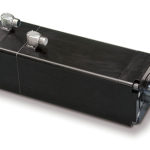
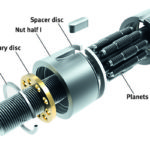

Leave a Reply
You must be logged in to post a comment.